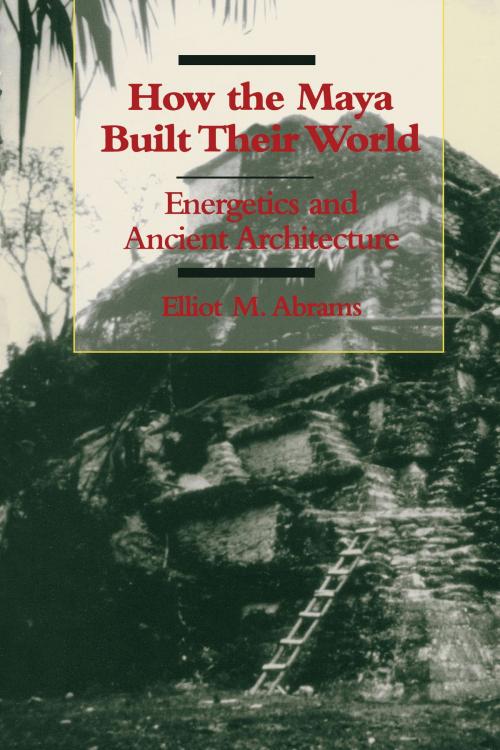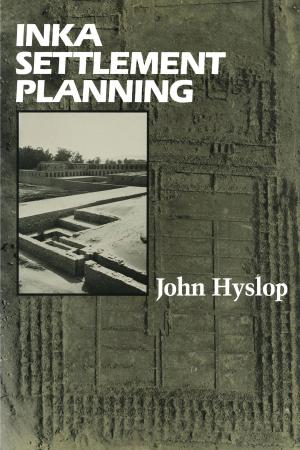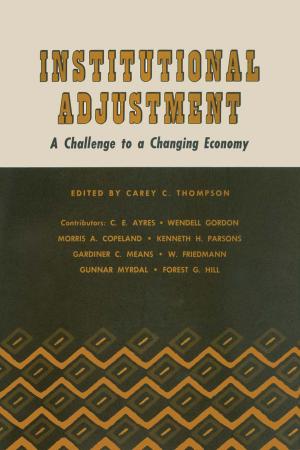How the Maya Built Their World
Energetics and Ancient Architecture
Nonfiction, Social & Cultural Studies, Social Science, Archaeology| Author: | Elliot M. Abrams | ISBN: | 9780292792388 |
| Publisher: | University of Texas Press | Publication: | June 4, 2010 |
| Imprint: | University of Texas Press | Language: | English |
| Author: | Elliot M. Abrams |
| ISBN: | 9780292792388 |
| Publisher: | University of Texas Press |
| Publication: | June 4, 2010 |
| Imprint: | University of Texas Press |
| Language: | English |
Maya architecture is often described as "massive" and "monumental," but experiments at Copan, Honduras, convinced Elliot Abrams that 300 people could have built one of the large palaces there in only 100 days.In this groundbreaking work, Abrams explicates his theory of architectural energetics, which involves translating structures into volumes of raw and manufactured materials that are then multiplied by the time required for their production and assembly to determine the labor costs of past construction efforts. Applying this method to residential structures of the Late Classic period (A.D. 700-900) at Copan leads Abrams to posit a six-tiered hierarchic social structure of political decision making, ranging from a stratified elite to low-ranking commoners. By comparing the labor costs of construction and other economic activities, he also prompts a reconsideration of the effects of royal construction demands on commoners.How the Maya Built Their World will interest a wide audience in New and Old World anthropology, archaeology, architecture, and engineering.
Maya architecture is often described as "massive" and "monumental," but experiments at Copan, Honduras, convinced Elliot Abrams that 300 people could have built one of the large palaces there in only 100 days.In this groundbreaking work, Abrams explicates his theory of architectural energetics, which involves translating structures into volumes of raw and manufactured materials that are then multiplied by the time required for their production and assembly to determine the labor costs of past construction efforts. Applying this method to residential structures of the Late Classic period (A.D. 700-900) at Copan leads Abrams to posit a six-tiered hierarchic social structure of political decision making, ranging from a stratified elite to low-ranking commoners. By comparing the labor costs of construction and other economic activities, he also prompts a reconsideration of the effects of royal construction demands on commoners.How the Maya Built Their World will interest a wide audience in New and Old World anthropology, archaeology, architecture, and engineering.















